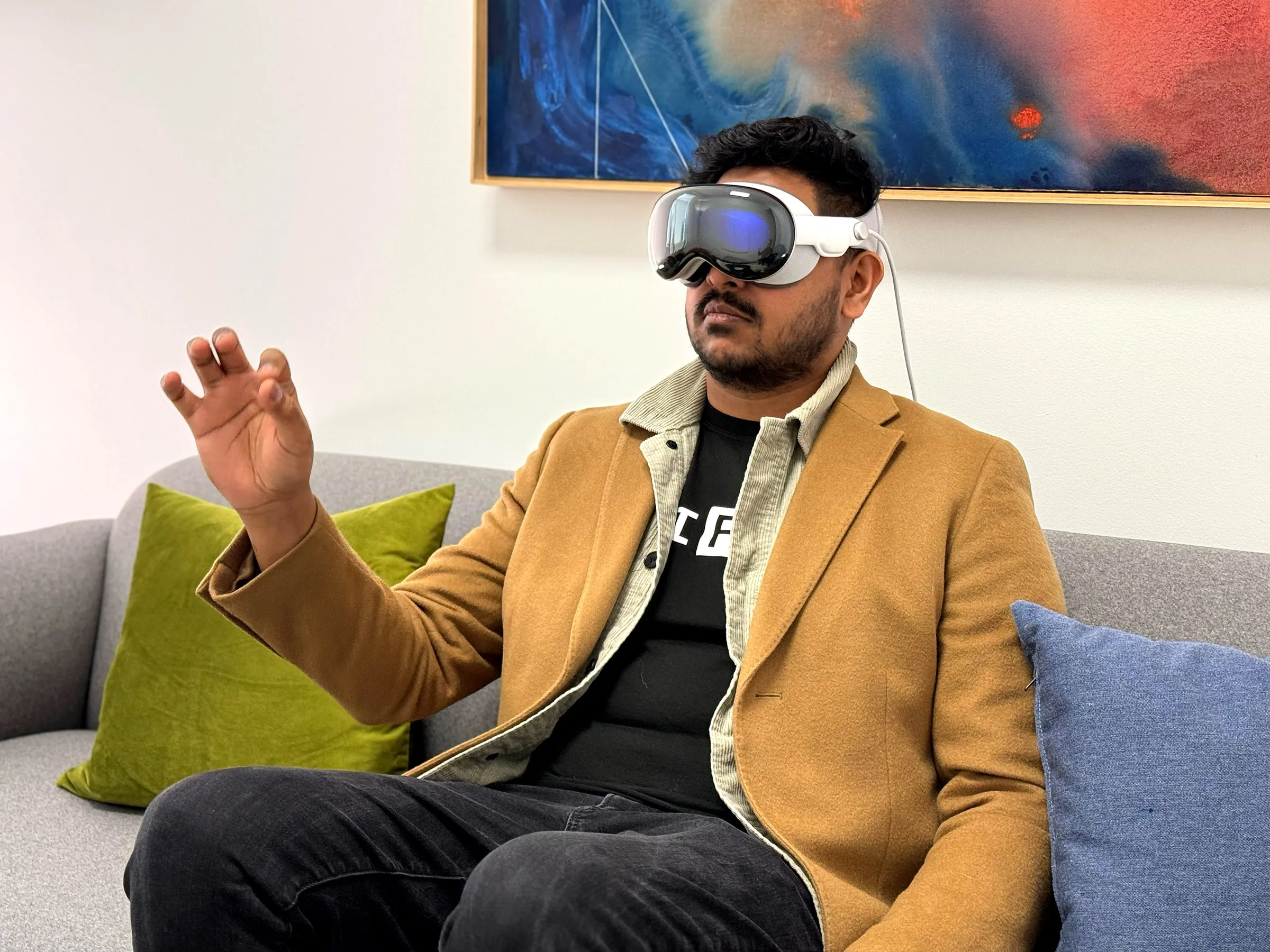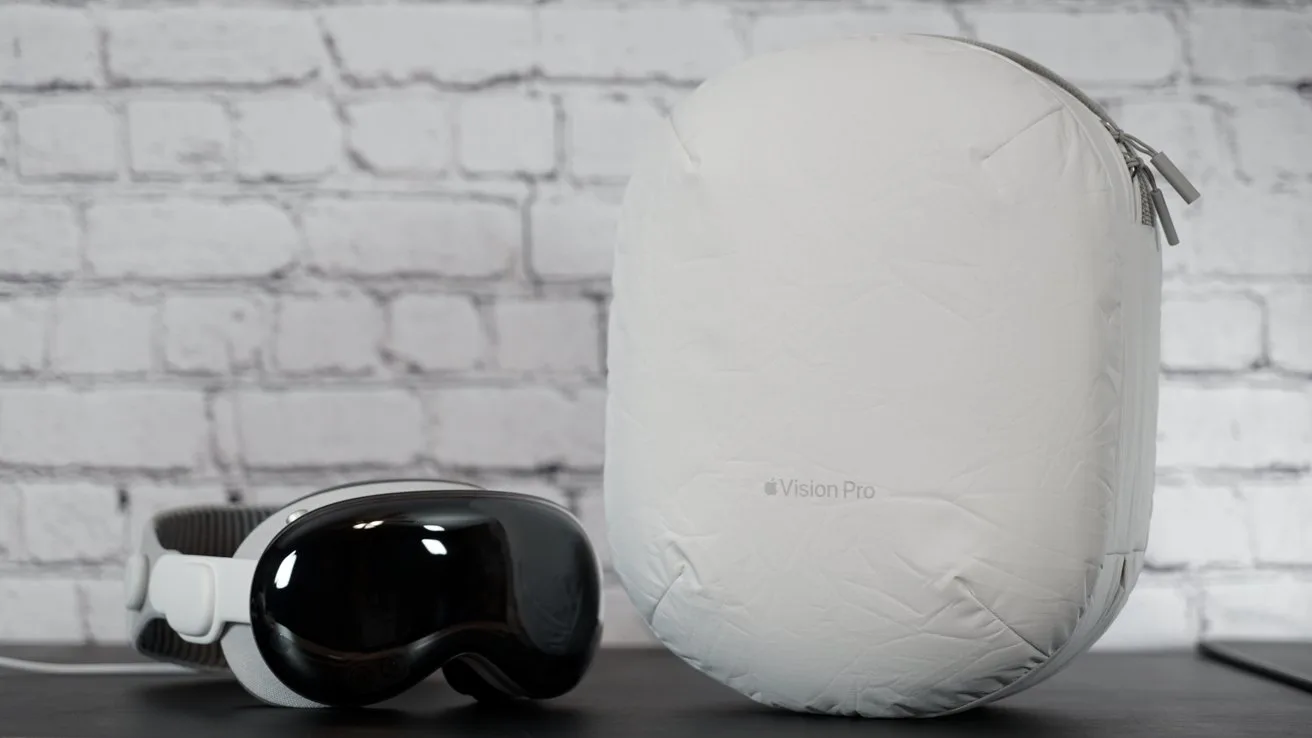Apple’s Vision Pro is a formidable piece of technology, yet it stumbles significantly when it comes to practical, widespread use. Despite the device’s cutting-edge features, its launch has unveiled a suite of barriers that are too substantial to ignore.
First, the sticker shock: the Vision Pro hits the market at a steep $3,499 (starting). This price point is exorbitant, relegating the device to a niche audience. It’s not just a premium product; it’s a luxury many can’t justify. In a world where cost efficiency often drives consumer choices, Apple’s pricing strategy here is a clear misstep for broader acceptance.

Then there’s the issue of availability. By limiting sales to the U.S. market, Apple is missing out on global insights that could enhance the product’s development and appeal. This parochial approach to sales not only shrinks the potential user base but also signals a hesitancy to engage with a worldwide audience—a puzzling move for a brand that prides itself on global influence.
Usability is another major drawback. The Vision Pro demands that users remain seated, a significant limitation that detracts from the ‘reality’ aspect of augmented reality. This device won’t replace your phone if you can’t use it while living your actual life—moving, exploring, engaging without constant stops to sit down.

Moreover, the bulky carrying case and paltry two-hour battery life are further nails in the coffin for practicality. Who wants to lug around a large, inconvenient case for a device that won’t last through a feature film? It’s an impractical accessory that doesn’t fit well.
While the Vision Pro is undoubtedly the pinnacle of current AR technology, these glaring issues keep it from being the revolutionary product it aims to be. Apple has built a Lamborghini that breaks down every hundred miles.